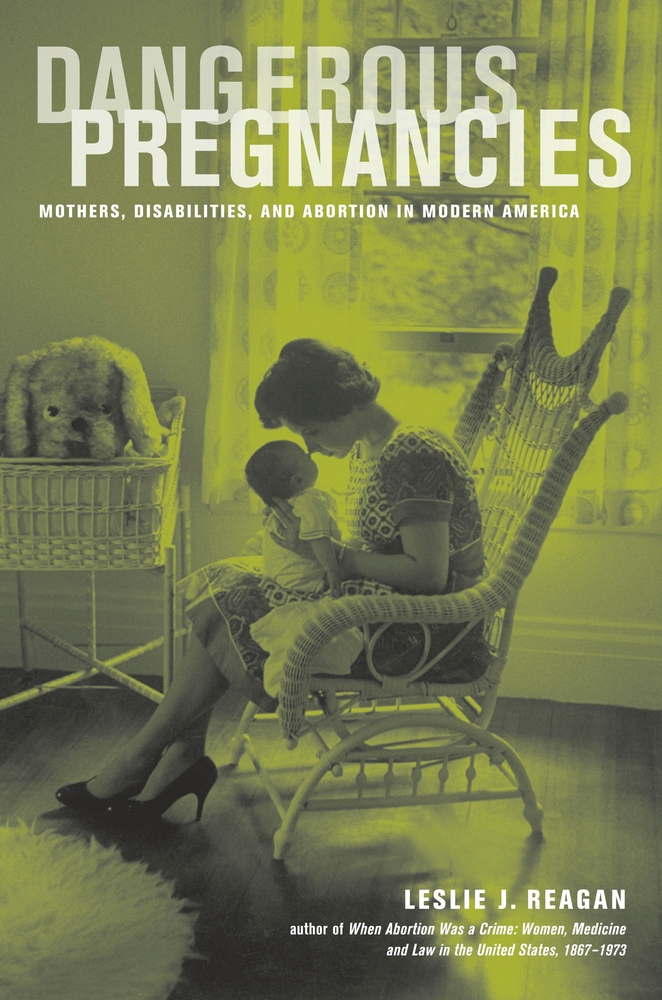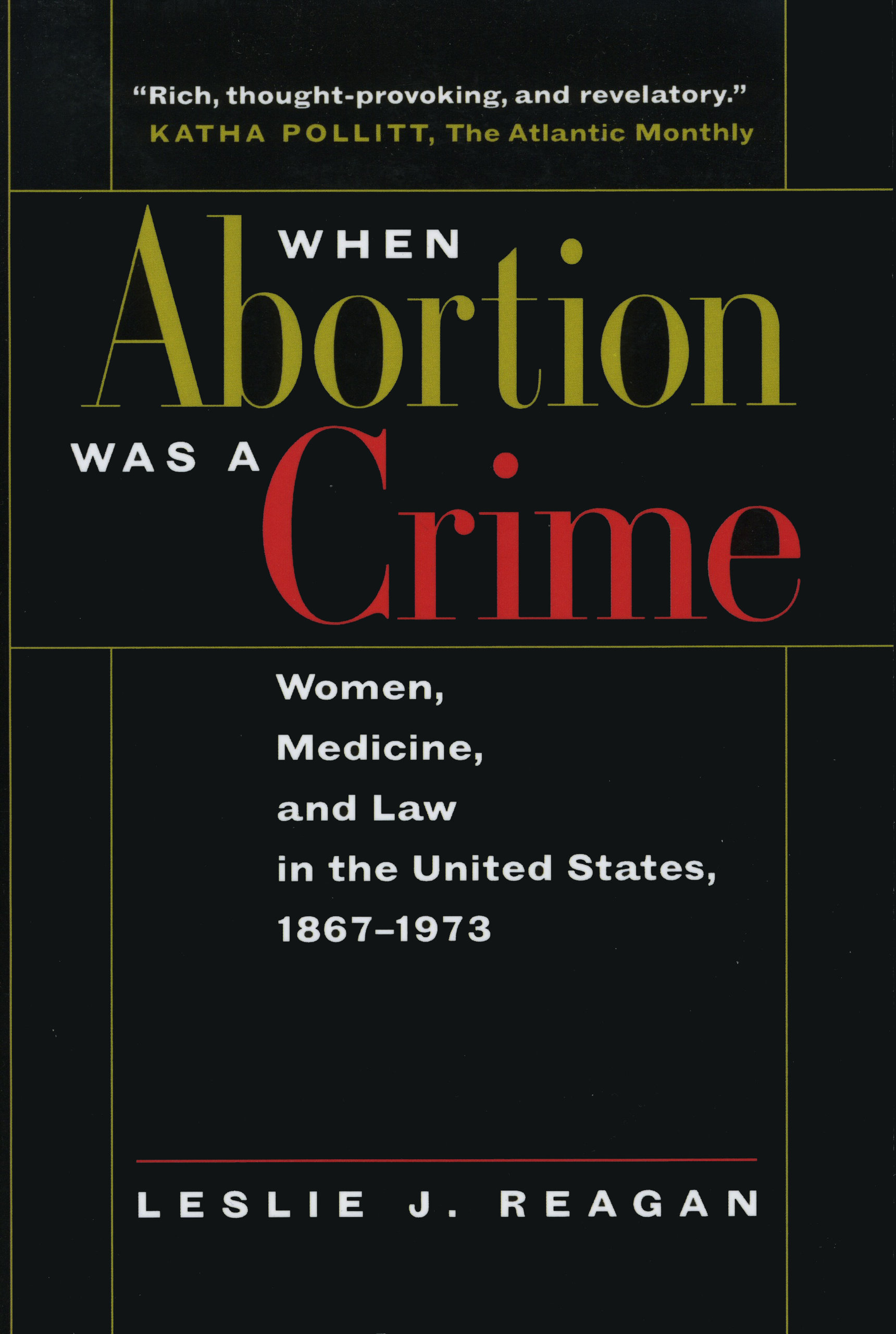 For the month of September, I was a visiting medical student in Madison, WI, as I tried to figure out what kind of training I
should get to prepare me for my goal of working with kids and/or adults with
disabilities. So I spent some time in hospitals and clinics; shadowing residents, physicians, and various kinds of therapists; and also some time reading, thinking, and talking about what it means to have a disability and
what it means to care for individuals with disabilities and their families.
For the month of September, I was a visiting medical student in Madison, WI, as I tried to figure out what kind of training I
should get to prepare me for my goal of working with kids and/or adults with
disabilities. So I spent some time in hospitals and clinics; shadowing residents, physicians, and various kinds of therapists; and also some time reading, thinking, and talking about what it means to have a disability and
what it means to care for individuals with disabilities and their families.The first book on my reading list was Dangerous Pregnancies: Mothers, Disabilities, and Abortion in Modern America (2010), by my mentor and dissertation committee member, Leslie J. Reagan. Leslie has made a career studying the intersections of law and reproduction, having previously published a book about the criminalization of abortion in the19th century and its decriminalization in the 20th century, and currently researching Agent Orange and birth defects. Dangerous Pregnancies is a good and important book, because it tells the largely forgotten history of German measles as a driver of public debates about women’s reproductive rights and about (children’s) disability rights.
These days, German measles is probably better known as the “R” in MMR
(Measles, Mumps, Rubella), but it was originally known by its German
appellation, Rotheln. In children,
the virus produces an illness like measles, but shorter, with lower fever and a
faster, lighter rash. (Rot means
“red” in German.) In pregnant women, however, the virus can cross the placenta,
infecting the fetus and causing miscarriage, stillbirth, and/or numerous birth
defects: blindness, deafness, heart defects, intellectual disability.
Adults can catch it without even realizing they are sick.
At first doctors assumed rubella was a mild childhood disease (aka
“3-day measles”), but in the 1940s, an ophthalmologist in Australia who saw
several cases of congenital cataracts near a military base realized that the
virus is teratogenic (causes birth defects). As this knowledge became more
widespread, pregnant women who had been exposed through their children, while
teaching Sunday School, or working as grocery store clerks started asking their
physicians for (therapeutic) abortions. Leslie does an excellent job analyzing
how these mothers-to-be viewed the situation as one in which they themselves
(in consultation with family, friends, doctors, and religious leaders) had to
make a serious decision about whether to end a pregnancy or take the risk of giving birth to a child who could have multiple, severe impairments that would take a heavy emotional and financial toll on the whole family.
 You see, although terminating a pregnancy was technically illegal under the Comstock Laws*, the
procedure was allowed in instances of rape or for the health or life of the
mother. That loophole had been more and less enforced until the 1950s, when
physicians and hospitals started regulating themselves. (This was either the moral thing to do or prevented more stringent outside regulation.) They set
up medical review boards to judge each case individually. Rich and/or white
women could still travel out of the country to secure an abortion, but poor women
and/or women of color were often denied one. When a German measles epidemic swept
through the United States in the mid-1960s, suddenly even married,
middle-class, white women who had come into contact with rubella early in their
pregnancies often found themselves without recourse to an abortion-for instance, if the
local board were under the control of Catholic doctors who saw no reason to
terminate a pregnancy, ever.
You see, although terminating a pregnancy was technically illegal under the Comstock Laws*, the
procedure was allowed in instances of rape or for the health or life of the
mother. That loophole had been more and less enforced until the 1950s, when
physicians and hospitals started regulating themselves. (This was either the moral thing to do or prevented more stringent outside regulation.) They set
up medical review boards to judge each case individually. Rich and/or white
women could still travel out of the country to secure an abortion, but poor women
and/or women of color were often denied one. When a German measles epidemic swept
through the United States in the mid-1960s, suddenly even married,
middle-class, white women who had come into contact with rubella early in their
pregnancies often found themselves without recourse to an abortion-for instance, if the
local board were under the control of Catholic doctors who saw no reason to
terminate a pregnancy, ever.
Popular media coverage and “wrongful information” or “wrongful birth” court cases described congenital rubella syndrome as “a tragedy” and the babies born
with it as “damaged.” By the late 1960s, there was widespread popular support
for legalizing abortion, or at least relaxing the rules. But first they became
more strict: there developed a tenuous consensus that the procedure should only
be performed to save the life of the mother—and German measles didn’t meet that
criterion. On the heels of public and professional outrage that women ought to
be permitted to make their own health decisions about carrying a (dangerous)
pregnancy to term in consultation with their personal doctor, the Supreme Court
ruled to legalize abortion in Roe v. Wade (1973) and Doe v. Bolton (1973).
By that time an effective vaccine had been developed (1969) and
disseminated, in one of the most successful public health campaigns ever in
this country. As Leslie explains, what made the rubella vaccine unique was that
it was the first time individuals were encouraged to be vaccinated, not for
their own health, but for the health of other people—namely pregnant women and
future babies. The vaccine is intended to prevent the birth of individuals with
multiple disabilities, but what to do about those who already exist(ed)? Dangerous Pregnancies concludes by opening a discussion into
mothers’ efforts to secure an education for all their children, not just the
neuro-typical ones, and the passage of the Education for All Handicapped
Children Act (1975), now called the Individuals with Disabilities Education Act
(1990).
Leslie writes some about the optimism and faith Americans had in
science and the government in the mid-20th century: after the atomic
end to World War II, after the discovery of numerous antibiotics and two polio
vaccines, after a narrow miss with thalidomide, before the end of the Vietnam
War, before Watergate. For a brief moment, Americans believed that the
“tragedy” of a baby with multiple disabilities could be avoided. Of course it
can’t. There is always a 1% risk of birth defects in any pregnancy, and the incidence of Autism
Spectrum Disorders is now under 1 in 100. Those babies grow into children and
adults who need a lot of care. I would like to be their doctor, and my
time at the Central Wisconsin Center gave me valuable experiences with the high quality of care and life enjoyment that individuals with severe disabilities should get and can have.
*--True story: When I first read about Margaret Sanger and the Comstock Laws, probably in my first year of graduate school, I was so shocked that even writing about contraception had been outlawed, that I emailed my undergraduate mentor--the one I was visiting in Madison--and an older friend in graduate school, completely incredulous that in my 21 years, I had never heard of what came before Roe v. Wade.
[I would like to include here the photo I took of a music therapy session at CWC, during which residents and their aides played maracas, felt silky scarves, and spun around in their wheelchairs, but I don't have permission to share their faces on the internet. Just trust me when I say they were by turns stimulated and soothed. It was a joy to watch.]
*--True story: When I first read about Margaret Sanger and the Comstock Laws, probably in my first year of graduate school, I was so shocked that even writing about contraception had been outlawed, that I emailed my undergraduate mentor--the one I was visiting in Madison--and an older friend in graduate school, completely incredulous that in my 21 years, I had never heard of what came before Roe v. Wade.
No comments:
Post a Comment
Your comments let me know that I am not just releasing these thoughts into the Ether...